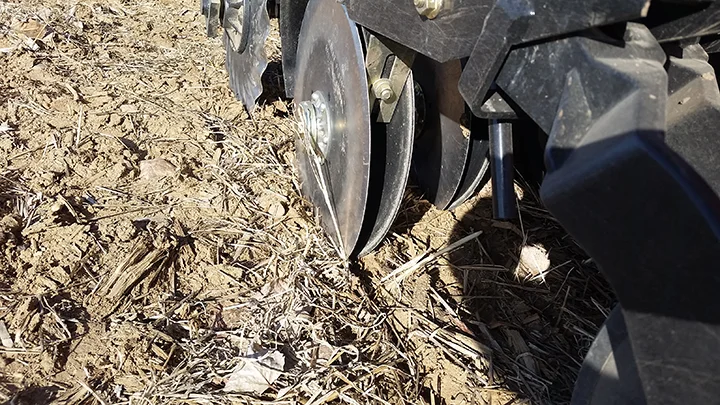This is prairie seeding time. And when I'm out seeding prairies, I think of Jethro Tull. Or, more accurately, I think of the two Jethro Tulls.
Being 60 years old, my time with popular music was in the '70s. The band, Jethro Tull, was part of my musical diet then, and for good reason. The sound of this British rock band was complex, combining flute with rock, and narrative songwriting with complex melodies, all due to the talents of the band's frontman, Ian Anderson. They had a distinctively British folk, but yet rock sound. Our local "Album Rock" station, WXYG, plays a lot of Jethro Tull, bringing back memories as well as enhancing my appreciation of this band.
The original Jethro Tull (from which the band took its name), however, was a 17th/18th century inventor/farmer. His seed drill is one of the most socially impactful, but underrated, inventions in history (in my opinion). By metering out and drilling seed in straight rows, Tull created the machine that vastly increased efficiency and yield (as opposed to sowing seed by hand). This was the harbinger of the agricultural revolution, which fueled the mass displacement of rural peoples to urban centers, accompanying the industrial revolution, producing the modern, urbanized, industrialized world that we know today. Love it or hate it, Tull's impact is as pronounced as that of Thomas Savery (inventor of the steam engine), Thomas Edison, and Henry Ford.
My seed drill is an amazing tool for several reasons. Not only does it meter out the seed in very exact amounts, but also my "no-till" seed drill can seed without having to till (which is to say, plough and disk) the soil. Ploughing and disking is labor intensive and, because it disturbs the soil, brings up a lot of weed seeds. By not disturbing the soil, the prairie seeds can germinate and gain the upper hand on the weeds much sooner. Here's how it works.
The first disk, called a coultur cuts open the earth. The second set of disks you see are actually two disks that separate the soil.
This photo was taken from the back side, an angle from which you can see how the two disks are angled to open up the earth. The seed then is dropped down into this opening, after which a wheel presses the seed in so as to increase it's contact with the soil.
From this photo you can hopefully see the nice grooves in which the seed has been sowed with minimal disturbance to the earth.
So next time you hear WXYG play Jethro Tull, think about the agricultural revolution and our ability to drill seed prairies.



